30/04/2024
Partially cloudy
On April 30 2024 we conducted a validation test comparing the PACER and LPM systems. Our goal? To see how closely our PACER technology aligns with industry standards set by the highly accurate LPM system.
A 90-minute training session was monitored using both the PACER and LPM systems. The PACER system and the LPM system were placed next to each other on the back of the player. The comparison is based on the data from 9 players. Consequently, we only used exercises with high LPM accuracy for full comparison. The remaining exercises will be analyzed separately for specific variables.
Parameters
We focused on the validity of the total distance, speed zone distribution, total accelerations, decelerations, and maximum speed. The average of the players is reported for each comparison. Speed zones are defined as follows:
- Walk: 0.0-7.2 km/h
- Jog: 7.2-14.4 km/h
- Run: 14.4-19.8 km/h
- Sprint: 19.8-25.2 km/h
- High Sprint: 25.2+ km/h
Accelerations decelerations were counted if there was a continuous speed change over at least 0.5 seconds, with a minimum of 2 m/s² and a minimum velocity of 10 km/h. High accelerations and decelerations were defined with a threshold of 3 m/s².
Total Session Comparison
We compared warm-up, high-speed runs, tactical drills, and three small-sided games. The PACER system recorded 5% less total distance, mostly underestimating walk (3.8% ± 3.7%), and jog distances (8.3% ± 3.1%). Run and sprint differences were 2.8% ± 2.5% less, while high sprints were overestimated by 9.2% ± 9.2%.
When it came to accelerations, the PACER system showed a difference of 4 total accelerations and 2.9 total decelerations. For the high accelerations and decelerations, the overestimations were 3.9 and 1.6. The maximum speed difference was minimal at 0.3 with a measured change from 30.5 km/h to 30.2 km/h.
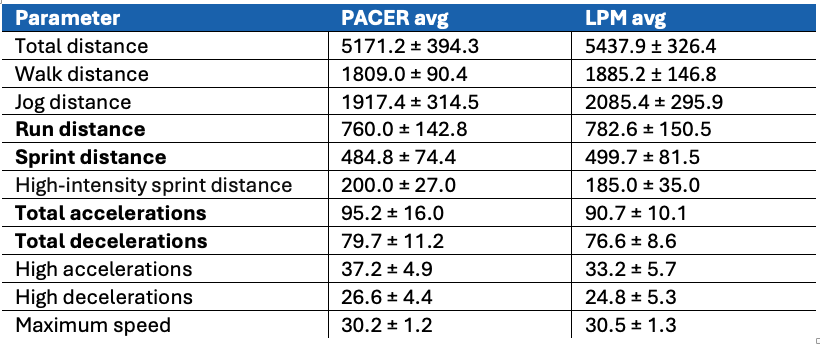
Graph 1 - Total session comparison
Exercises
10m Sprint
During this exercise, the players were asked to fully accelerate for 10 meters and then maximally decelerate. They repeated this exercise 3 times each. Barring a few insignificant differences the values are almost identical. With a highlight on the accelerations, in which both systems measured the high accelerations of all players and a minimum difference in total decelerations and maximum velocity.
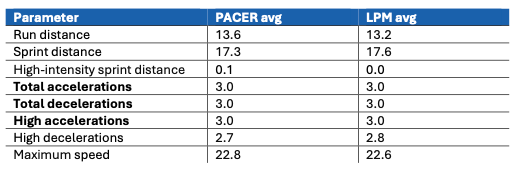
Graph 2.1 - Acceleration deceleration detection
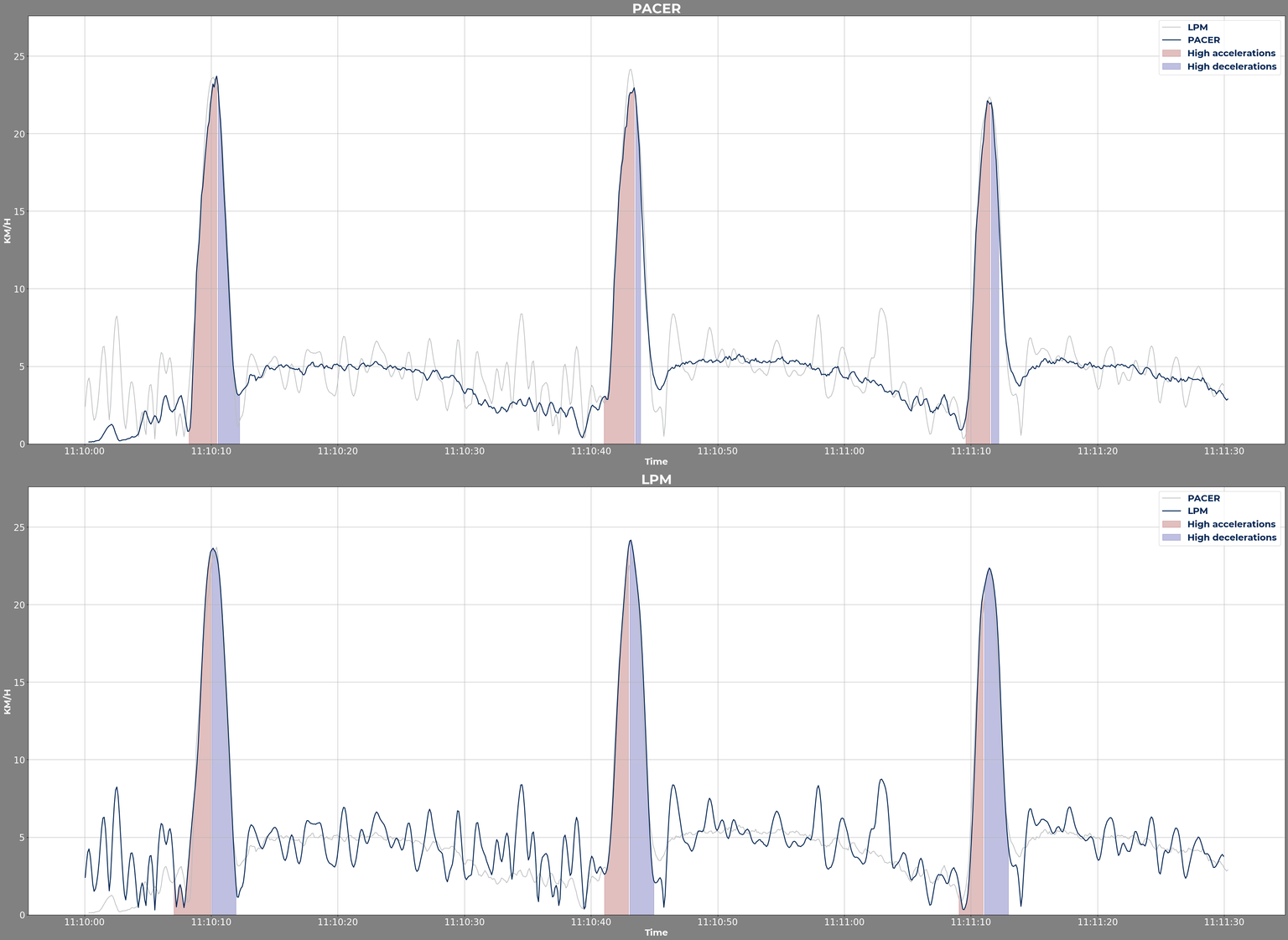
Graph 2.2 - Acceleration deceleration comparison LPM vs PACER
T Test
The players were asked to cover a typical t-test as fast as possible. This test consists of a forward sprint of 10m, a 90 degree turn to right of left, a 5 meter sprint, a 180 degree turn, a 10m sprint, a 180 degree turn, a 5 meter sprint, a 90 degree turn and a final 10meter sprint back to the line.The players were asked to cover a typical t-test as fast as possible. This test consists of a forward sprint of 10m, a 90 degree turn to right of left, a 5 meter sprint, a 180 degree turn, a 10m sprint, a 180 degree turn, a 5 meter sprint, a 90 degree turn and a final 10meter sprint back to the line.
During this test, we see the first noticeable difference of the PACER system compared to the LPM system. As the 24Hz LPM system is better in detecting the fast changes of direction, especially of the 90 degrees turns. The LPM system often sees the small speed difference during this turn and splits the sprint in two accelerations. Where the PACER system detects a decrease in acceleration, but not large enough to detect a decrease in velocity. Thus, the sprint is detected as one continuous acceleration. Besides, the LPM system detect higher speeds just before the changes of direction, probably caused by the higher sampling rate.
T Test
However, the total distance ran above 7.2km/h was 82.7m and is thus the same as the distance covered during the tests (2x 10+5+10+5+10m), assuming the players had a lower velocity between the tests. The difference compared to the LPM system might be explained by the lower accuracy of the LPM-system at the edge of the field, where the players were waiting between stints. This inaccuracy led to continuously low speeds during the waiting period. For full comparison, only exercises measured within the playing field were used, with high LPM accuracy.

Graph 3.1 - T test
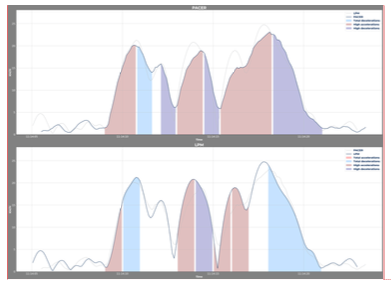
Graph 3.2 - T test LPM vs PACER
Running Exercise
The players performed six high intensity runs over half the field (6x 52.5m). The total distance above 7.2km/h of the PACER system is only 7% above the target distance of 315 meters and due to the same value for the LPM- system, we can conclude that this difference is probably due to some extra deceleration meters. Besides the PACER-system recoded almost exactly all 6 expected accelerations and decelerations.

Graph 4.1 - running exercise
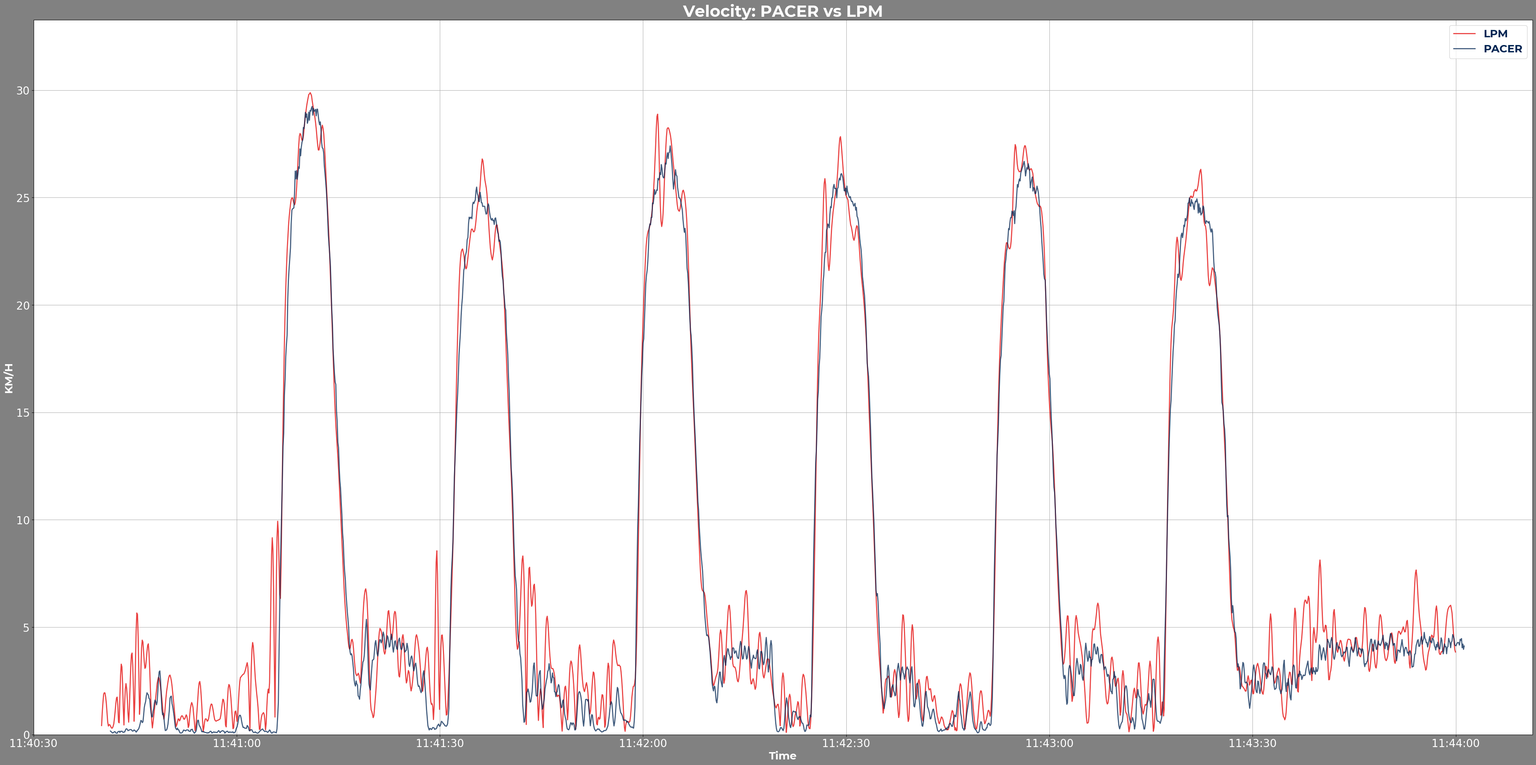
Graph 4.2 - Running exercise speed profile LPM and PACER
SSG's
The validity of the PACER system is especially high when it comes to football-specific exercises. If we only look at the small sided games, we see 1-3% differences for most speed zones, except the jog distance. The PACER system is slightly more sensitive for recording accelerations with only 2-4 more detected in total.
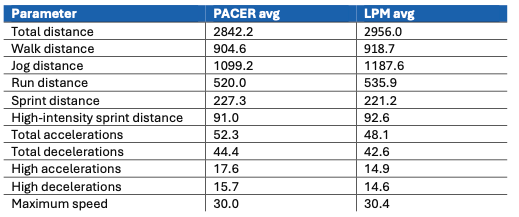
Graph 5.1 - SSG

Graph 5.2 - Small sided game speed profile LPM and PACER
Conclusion
Our test results underscore the remarkable validity of the PACER system when compared to the LPM system. Specifically, during football-specific actions, PACER demonstrates exceptional precision, with differences of only 1-4% observed in total distance and higher speed zones. Additionally, slight variances were recorded in accelerations and decelerations. These findings highlight PACER's reliability and accuracy, making it an invaluable tool for tracking player performance.
If you have any other questions regarding the topic, click here.
